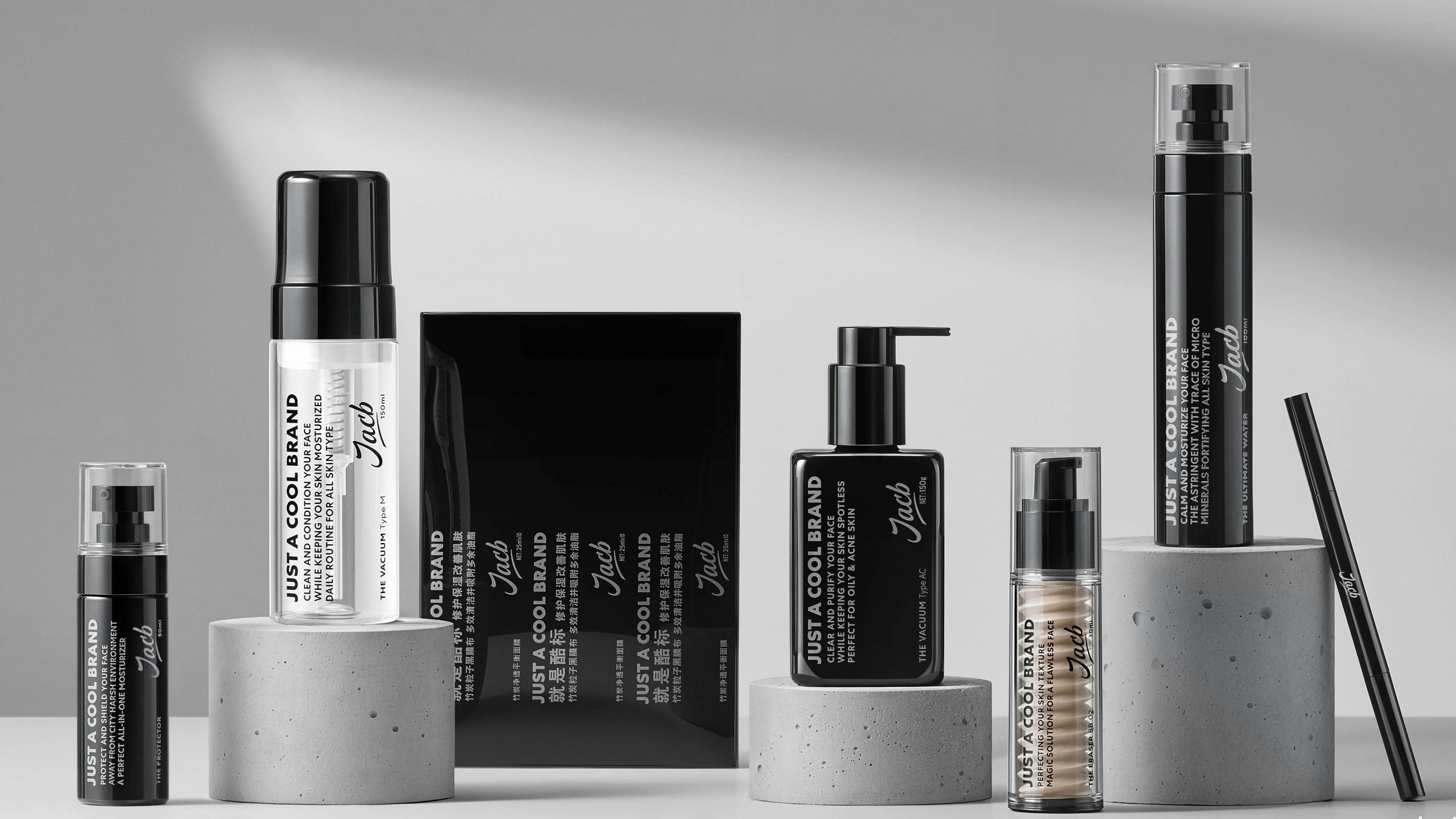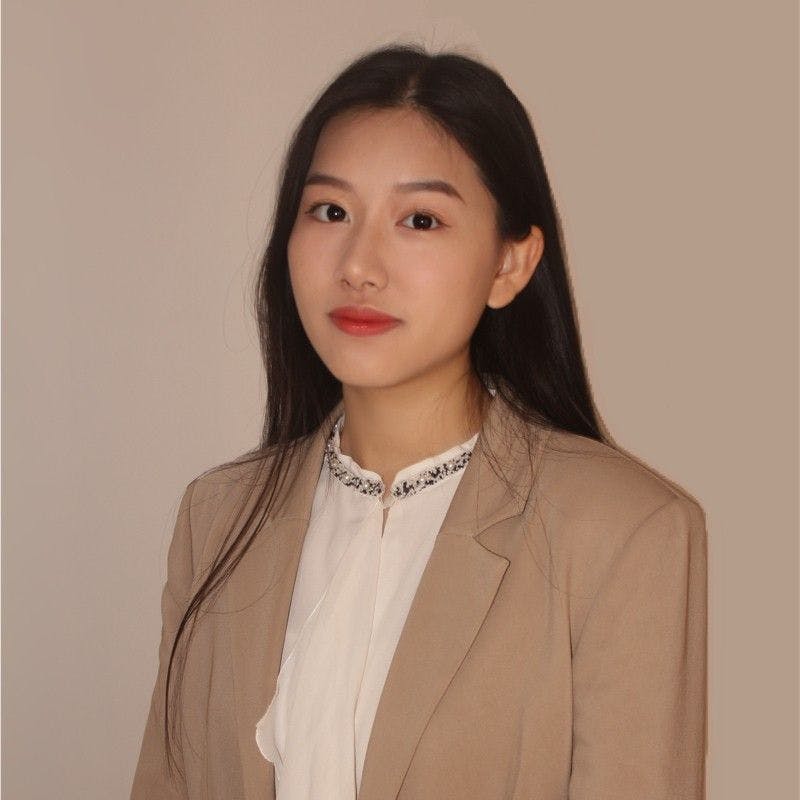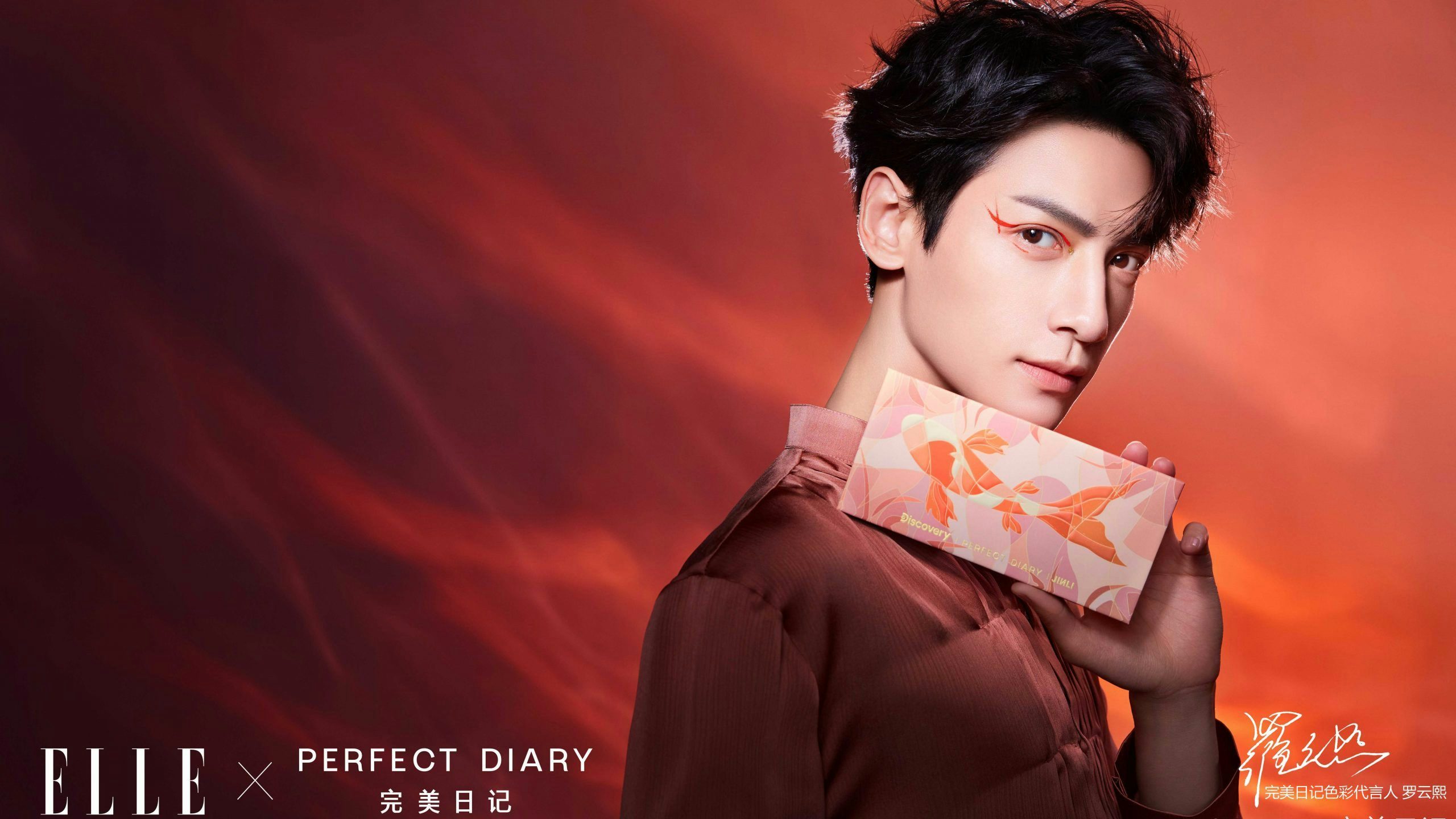Key Takeaways:#
Male beauty is one of China’s fastest-growing consumer product segments, and the growth of male beauty product purchasers has surpassed women. According to CBNData (2020), nearly 80 percent of men born after the 1990s have developed skincare routines during college.
The male skincare business in China is more than three times larger than in the US market and more than twice the size of South Korea's (2019). And according to Mintel, the market will grow to 2.8 billion (18.5 million RMB) by 2025.
Domestic brands are outpacing international brands’ influence on local young consumers, thanks to their agile business model and understanding of local consumer needs. According to a report from Ocean Engine, seven of the top ten male personal-care brands on the Douyin platform were local brands in 2020.
From masks to eye creams and foundations to bronzers, thousands of male Tik-Tokers are sharing their beauty routines and expertise on video-sharing platforms like Douyin. And in the comment sections, many netizens have asked for product recommendations and tips on skin conditions, such as acne and other imperfections.
This growing interest in Douyin points to a lively Chinese male skincare market, which was valued at 1.9 billion in 2020 and, according to Mintel, should grow by around 50 percent (2.8 billion) by 2025.
Under Chinese pop idols’ influence, Gen-Z men are now embracing the idea of wearing makeup. The rate of men learning how to apply cosmetics is growing twice as fast as women, and the growth of male skincare purchases has surpassed its counterpart, as well.
Meanwhile, China’s largest online educational platform, Tencent Classroom, released its top-ten learning trends in 2021. According to it, styling hair and putting on aftershave is no longer enough for the basic male grooming routine, it seems.
According to a report jointly released by Tmall and Cainiao, the inventory of imported male cosmetics during 2020’s Singles’ Day Shopping Festival increased by over 3,000 percent, year-on-year. Key products like foundation and eyeliners are becoming especially popular, and the growth rate of boys (born after the 2000s) buying liquid foundation is twice that of girls and four times that for eyeliners.
Despite an evident uptick in the segment, so far, international players have been hesitant to aggressively target male customers, allowing niche and C-beauty brands to take local spending opportunities. According to a report from Ocean Engine, in 2020, seven of the top-ten male personal-care brands on the Douyin platform were local brands.
Many domestic startups have earned a dominant position in the male beauty sector thanks to user-centric business models that allow them to effectively capture consumer demands in a dynamic landscape and rapidly develop product lines and campaigns to match. On the other hand, overseas brands have been slow to diversify their channels and target local male spenders’ needs.
To win in the local market, established brands need to learn to think like domestic brands by quickly spotting opportunities and adapting to consumer dynamics. Here, Jing Daily analyzes the male beauty sector’s key trends and new potential channels for international players.
Product Seeding#
Younger people continue to be the drivers behind the sector’s rapid growth, and domestic brands are fully leaning on this target through aggressive content seeding strategies. A report from CBNData (2020) revealed that nearly 80 percent of men born after the 1990s have developed skincare routines during college or even before. And in the past year, post-95s surpassed the post-90s to become the top consumers of male beauty products online.
Local startups quickly tapped the opportunity and turned popular Gen-Z platforms — Douyin and Little Red Book, especially — into their battlefield. The two channels’ strong base of KOCs (key opinion consumers) and beauty influencers have been a driving force behind the rise of male cosmetics consumption. Although Little Red Book has a predominantly female user base, data released by the platform shows male beauty-related content has more than tripled year-on-year.
Female consumers are not only concerned about their appearance but their partners’ as well. Shane Xu, the founder of the men's beauty brand Shakeup, which is stocked at Harvey Nichols, told Jing Daily that they are also collaborating with female influencers. “A campaign that turned out very well for us was a collaboration with a female influencer," he said. "She presented our lip gel as a great winter present for boyfriends.” In fact, it did so well that he confirmed: “It is now one of our best sellers.”
Given their priorities in the sector, these platforms are the ideal places for male beauty brand content seeding. Recently, a video of Scruffy male boys transforming into handsome guys in a few easy makeup steps went viral on Douyin, and the hashtag #fleekboy has garnered over 390,000,000 views.
“All the KOL campaigns [@乌鸡gege, @厂花老王, @张拾染] we’ve done worked really well,” stated Xu. However, the male skincare startup founder disclosed that their team in China has been very careful about selecting the right influencer. “Looking at the follower data is not enough," he explained. "You need to do research, watch their content to see if it is the right match with your brand and if the followers are genuine.”

Understanding male consumption habits#
Though not new, multifunctional beauty products (one formula offering two or more benefits) are gaining steam among male consumers who are starting to refine their grooming routines, which still lag far behind women's complex beauty processes.
According to Xu, they prefer “jam-packed properties in one product. That’s the attraction.” Shakeup’s hero BB cream product now sells every 6-8 minutes on Tmall Global. He continues, saying, “The key selling point of our products is their hybrid nature. Our BB cream has cosmetics features but offers skincare benefits like SPF and hyaluronic acid, making the process far easier for our male users.”
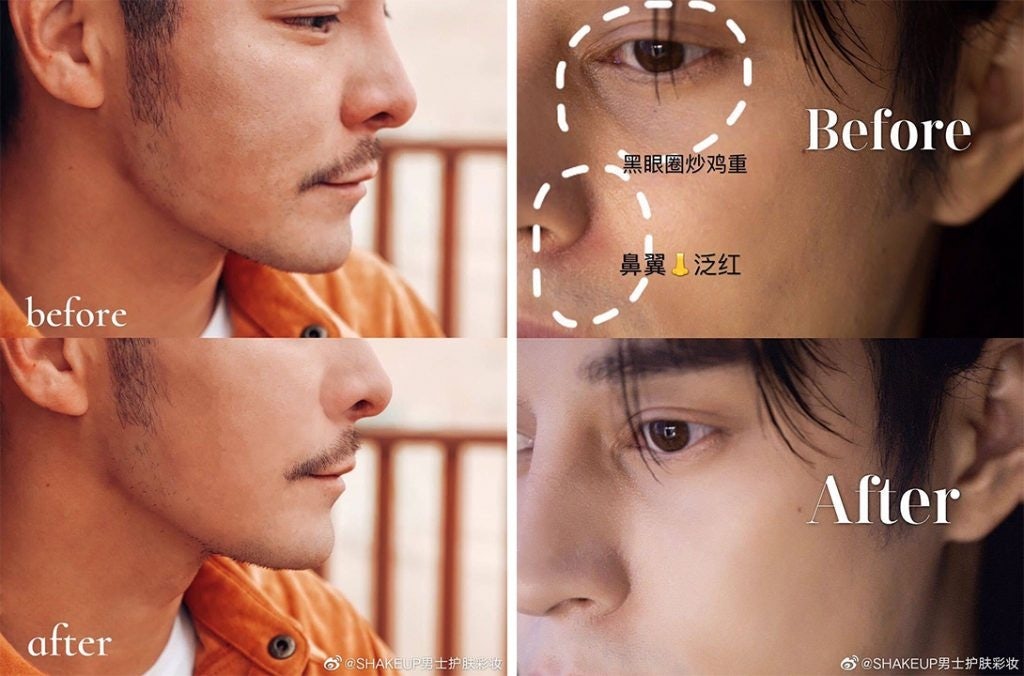
The ingredient list in products also makes a difference during the male decision-making process. Cosmetics scandals involving fluorescent powder and other harmful substances from videos of beauty experts and KOCs analyzing the composition of the skincare products are also gaining netizens' attention. Healthy and transparent formulas are gateways to conquering male consumer loyalty.
And, while skincare products are definitely on the rise, the sector is still underdeveloped in some categories. For example, Xu mentions color cosmetics, saying, “Basic concealers and nude colors are predominant in the sector.” Therefore, male consumers might be wearing makeup to hide imperfections on their faces. However, the bright eyeshadows, mascaras, and blushes seen on pop idols will take a longer time to break into the mainstream.
Livestreaming#
As the desire for immersive, unique experiences and personalized recommendations grow in China, livestreaming e-commerce has boomed. In 2020 the number of total livestream viewers reached 560 million in China, accounting for 62 percent of the country’s total number of internet users. Male consumers aren't being left behind by the trend either.
The latest figures show that from 2018 to 2020, male watchers have increased by 205.4 percent, compared to a 111.1-percent rise from their counterparts. In fact, celebrity livestreamer Li Jiaqi is no longer addressing his audience as “all girls,” but rather “all boys and girls.”
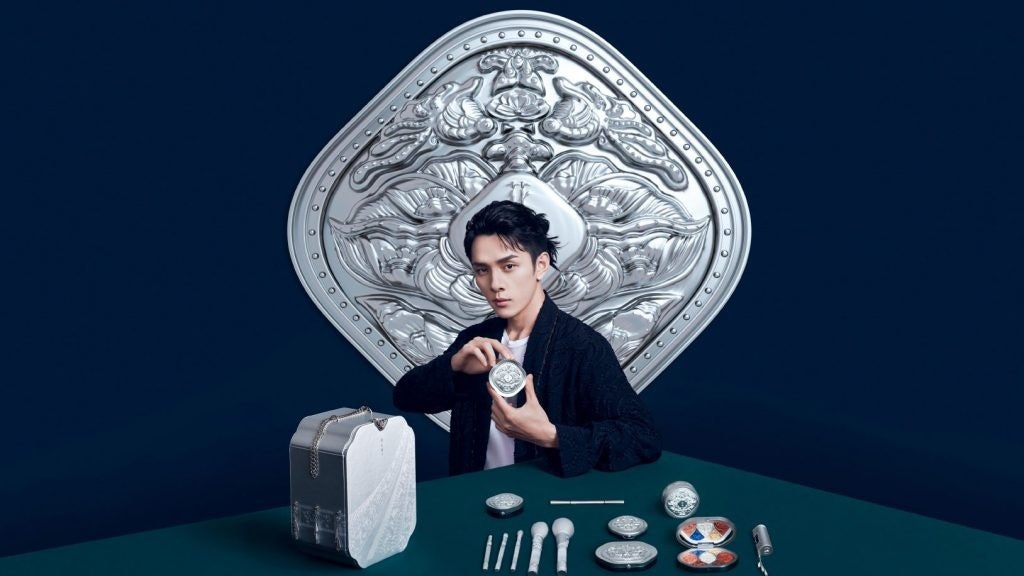
Male anchor numbers have grown, too, now accounting for almost 40 percent of the total number. A Taobao ON MAP report reveals that beauty is one of the most popular categories among male consumers in live broadcast rooms, with sales in Shanghai the highest, followed by Tier-1 and new Tier-1 cities Beijing, Canton, Hangzhou, and Chengdu.
As China becomes one of the largest consumer markets of male skincare, domestic brands have led the way through an aggressive product seeding strategy that effectively targets young male beauty consumers. But those international brands are seeing their market shares shrink significantly, thanks to local brands.
This dynamic market requires quick responses to consumer needs. Opportunities for overseas brands may lie in their collaborations with livestream anchors to gain further user insights, open dialogues with consumers, and establish long-term relationships. As such, KOL anchors may be the next brand ambassadors.
